NOAA’s U.S. Integrated Ocean Observing System (IOOS®) Office announced 11 new five-year cooperative agreements that support the continued growth, expansion, and modernization of our nation’s climate, coastal, ocean, and Great Lakes observing capabilities. In the first year, NOAA will distribute $41 million to cover efforts along U.S. national and territorial waters and coasts.
Over the next five years, the Alaska Ocean Observing System (AOOS) will focus on maintaining and enhancing the Ocean Data Explorer data portal while supporting initiatives that respond to Alaska region needs, such as the Alaska Ocean Acidification Observing Network, the Alaska Harmful Algal Bloom Observing Network, the Regional Ocean Data Sharing Initiative, and the Alaska Water Level Watch. We continue to support innovative technologies like underwater gliders, high-frequency radars, and new sensors on ecosystem moorings to meet the challenges of covering the vast and remote coasts of Alaska. Ocean observing in Alaska is dependent on collaborations; as such, one of our goals is to develop and maintain new partnerships for continued leveraging of resources.
“More than 40% of the U.S. population lives along the coast, and even more rely on the ocean, coast, and Great Lakes for their livelihoods, weather, and services every day,” said Carl C. Gouldman, director, U.S. IOOS Office. “The IOOS Regional Associations link on-the-ground needs to our national system, ensuring its flexibility, responsiveness, and diversity while coordinating a network of regional coastal observing systems.”
Federally certified to gather and manage high-quality observing data, the Regional Associations give diverse groups—including state, local, and tribal governments, national partners, academia, and local networks—a voice in shaping a responsive and flexible national observing system. This network is customized to meet regional needs that help us understand and forecast changes in our ocean and climate, prepare for and respond to coastal disasters, and balance the needs of resource use, economic development, and environmental stewardship.
The funds are awarded through a competitive process that includes funds from U.S. IOOS along with NOAA’s National Ocean Service, Office of Oceanic and Atmospheric Research, National Weather Service, NOAA Fisheries, Office of Marine and Aviation Operations; the U.S. Geological Survey; and the Environmental Protection Agency. For more information on these awards, please visit the U.S. IOOS website.
